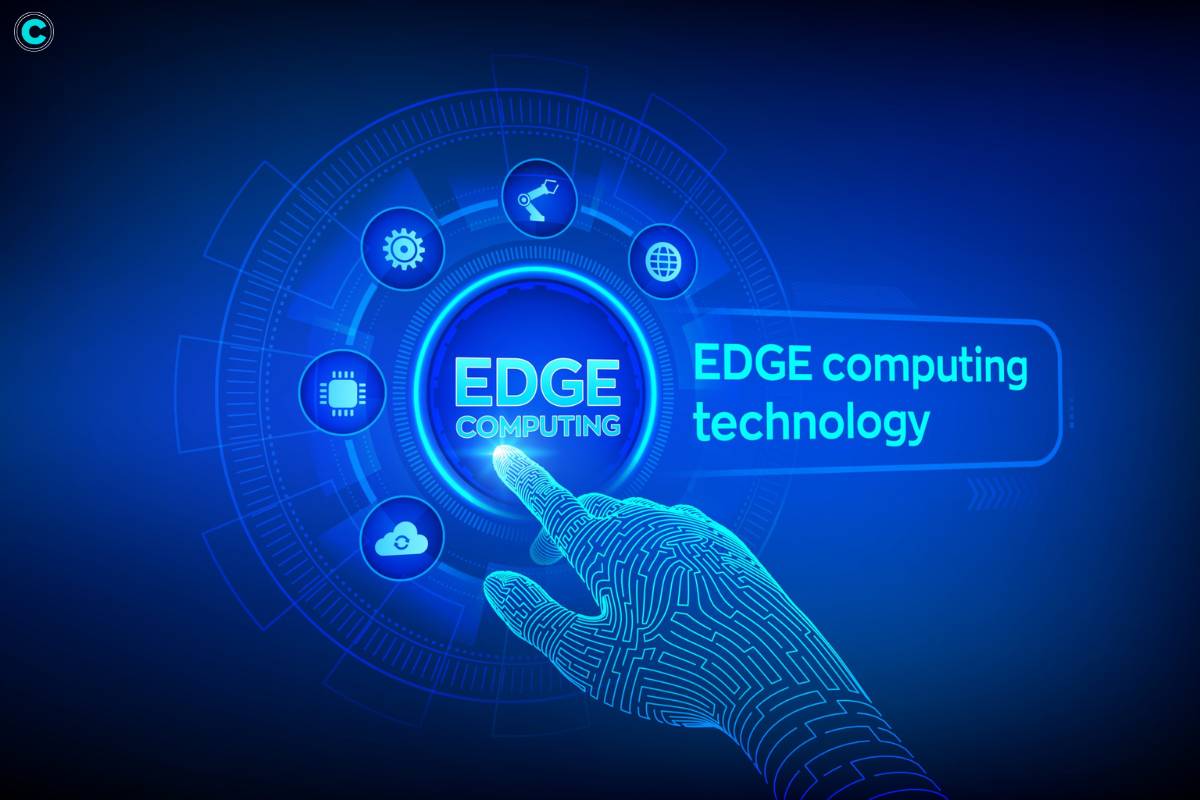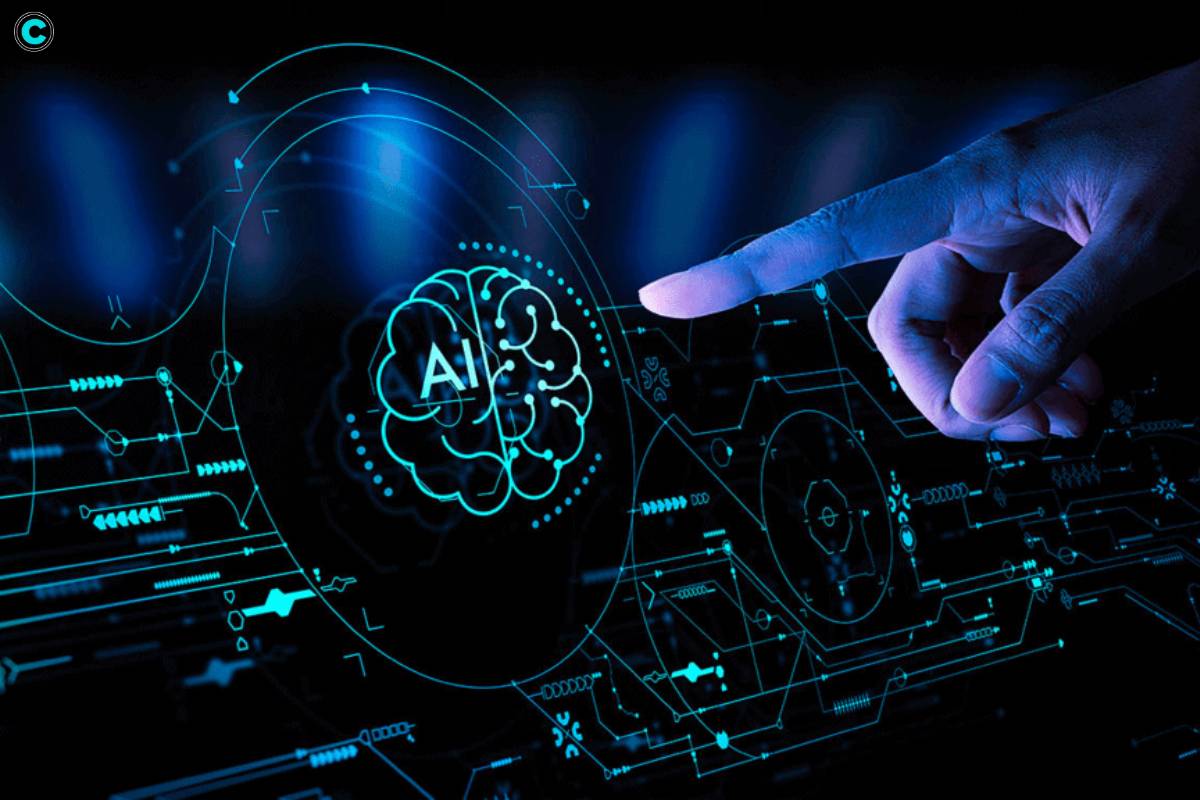It is becoming more difficult for traditional cybersecurity techniques to stay up to date with the constantly changing landscape of cyber threats. Presenting Distributed AI (Distributed Artificial Intelligence), a revolutionary paradigm that strengthens cybersecurity defences by utilizing decentralized intelligence. This article dives into the field of creating distributed artificial intelligence systems, examining their uses, advantages, and paradigm change in the field of cybersecurity.
Understanding Distributed AI in Cybersecurity:
Defining Distributed AI
Distributed AI refers to the utilization of artificial intelligence in a decentralized manner, where intelligence and decision-making processes are distributed across a network of interconnected devices or nodes. In the context of cybersecurity, Distributed AI systems distribute the cognitive workload, enabling collaborative threat detection, response, and mitigation.
The Collaborative Power of Distributed Intelligence
In traditional AI systems, a centralized entity processes data and makes decisions. In contrast, Distributed AI systems empower each node within a network to possess localized intelligence. This collaborative approach enhances the system’s ability to adapt to diverse threat vectors, creating a more resilient and responsive cybersecurity framework.
Applications of Distributed AI in Cybersecurity:
1. Decentralized Threat Detection
Distributed Artificial Intelligence systems excel in decentralized threat detection. Each node in the network analyzes local data, identifying anomalies and potential threats specific to its domain. By collaborating and sharing insights, these nodes create a holistic threat landscape, enhancing the overall detection accuracy.
2. Adaptive Response Mechanisms

The decentralized nature of Distributed AI allows for adaptive response mechanisms. In the event of a detected threat, the system can autonomously initiate response actions at the local level, minimizing the impact and preventing the lateral spread of the attack. This adaptability is crucial in combating the speed and sophistication of modern cyber threats.
3. Collaborative Machine Learning
Distributed AI leverages collaborative machine learning, where each node contributes to the collective knowledge of the system. This collaborative learning ensures that the system evolves in real time, learning from new threats and continuously improving its ability to detect and respond effectively.
Benefits of Distributed Artificial Intelligence in Cybersecurity:
1. Resilience Against Targeted Attacks
Distributed AI systems offer resilience against targeted attacks by eliminating single points of failure. Even if one node is compromised, the decentralized architecture ensures that the entire system remains operational, and other nodes can compensate for the compromised one.
2. Scalability and Flexibility
The decentralized nature of Distributed AI systems makes them highly scalable. As the size of the network grows, the system can seamlessly accommodate new nodes without significant performance degradation. This scalability is particularly valuable in dynamic and expanding digital ecosystems.
3. Reduced Latency in Threat Response
Distributed AI minimizes latency in threat response by allowing local nodes to autonomously handle threats. This localized response mechanism ensures swift action, preventing the propagation of threats across the network. Reduced response times enhance the overall cybersecurity posture.
Developing Effective Distributed AI Systems for Cybersecurity:
1. Decentralized Architecture Design
The development of effective Distributed Artificial Intelligence systems begins with the design of a decentralized architecture. This involves defining the roles and responsibilities of each node, establishing communication protocols, and ensuring that the system can adapt to changes in the network topology.
2. Secure Communication Protocols

Securing communication between nodes is paramount in Distributed AI systems. Implementing robust encryption and authentication protocols ensures that data exchanged between nodes remains confidential and tamper-proof, mitigating the risk of man-in-the-middle attacks.
3. Collaborative Learning Algorithms
The heart of Distributed AI lies in collaborative learning algorithms. These algorithms enable nodes to share insights and contribute to the collective intelligence of the system. Designing efficient and secure collaborative learning mechanisms ensures that the system evolves with the ever-changing threat landscape.
Challenges and Considerations in Distributed AI for Cybersecurity:
1. Consensus Mechanisms
Achieving consensus among distributed nodes can be challenging. Deciding on the validity of threat intelligence or the appropriate response actions requires robust consensus mechanisms to ensure that the system acts cohesively against cyber threats.
2. Data Privacy and Compliance
Distributed Artificial Intelligence systems must adhere to stringent data privacy regulations and compliance standards. Ensuring that data processed by individual nodes complies with privacy laws is essential for responsible and ethical deployment of Distributed AI in cybersecurity.
The Future of Distributed AI in Cybersecurity:
1. Edge Computing Integration

The future of Distributed Artificial Intelligence involves tighter integration with edge computing. Edge nodes, closer to the data source, can leverage Distributed AI for real-time threat detection and response. This integration reduces latency and enhances the overall efficiency of cybersecurity operations.
2. Autonomous Cybersecurity Ecosystems
Distributed AI systems will evolve into autonomous cybersecurity ecosystems. These ecosystems will possess self-learning capabilities, autonomous threat response mechanisms, and the ability to adapt to the ever-changing threat landscape without human intervention.
Conclusion: Redefining Cybersecurity Architecture with Distributed AI
There has never been a greater pressing need for creative cybersecurity solutions due to the unparalleled expansion of the digital realm. With distributed AI systems, decentralization, robustness, and flexibility will be prioritized and cybersecurity architecture will be completely rethought.
With its collaborative machine learning, adaptive response mechanisms, and decentralized threat detection, distributed artificial intelligence (AI) has the potential to revolutionize cybersecurity. Consensus building and data protection are two obstacles that highlight the importance of responsible development and careful thought.
The future of Distributed Artificial Intelligence in cybersecurity holds promises of seamless integration with edge computing and the emergence of autonomous cybersecurity ecosystems. By harnessing the collaborative intelligence of distributed nodes, organizations can usher in a new era of cybersecurity resilience, capable of defending against the relentless evolution of cyber threats in an interconnected digital landscape.






